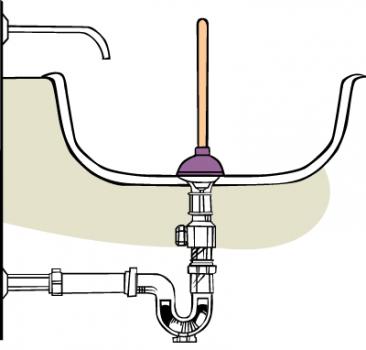
Keeping your taps and spouts clean can really enhance the appeal of your bathroom or kitchen, especially if they have a shiny finish such as chrome or gold. Conversely, grimy and grubby taps can subtract any beauty they might have brought to the space, so regular cleaning is a must. It is easy to incorporate this into your usual cleaning routine, and the fittings themselves don’t take a lot of work to keep spotless and gleaming.
How to clean your taps, drains and wastes
As a general rule of thumb in any bathroom set up, avoid abrasive cleaners as these can scratch surfaces which not only make them look horrible, but leave areas for more dirt to build up in. This is especially true on shiny fittings and white surfaces. Use a liquid detergent and soft cloth or sponge with some warm soapy water and gently clean around your taps, spouts and drain covers. Metals like chrome and brass have special polishes available which will add extra shine to your fittings but are not necessary to use every time. Often, buffing with a dry, close weave cloth will work just as well.
If your drains and wastes are specially finished or made from a less common material, it may be a good idea to check with the manufacturer for special cleaning advice.
Unclogging your drains
Unclogging a blocked drain can be a tiresome experience but is necessary when it happens. Always use gloves to keep your hands protected from any material that may have accumulated in a drain for sanitary reasons. Most drains can be unclogged using a length of wire, though depending on the suspected blockage it may be more effective to use hair removal cream or a plunger to dislodge it. Only use heavy duty drain cleaners as a last resort. If used improperly, they can make the blockage worse.

